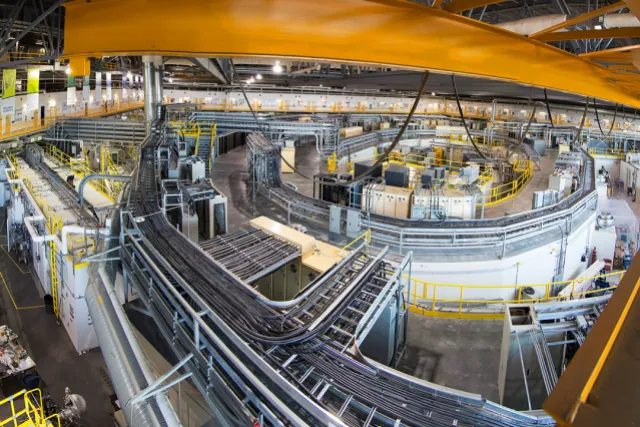Western Canada’s semiconductor diversity can be boiled down to density—the most western province of British Columbia benefits from its geographic alignment with Silicon Valley. Meanwhile in the east, Manitoba is a single university province that is primarily a user of chip technology.
What all provinces have in common is strong academic institutions with relevant training and research capabilities that can contribute to Canada’s semiconductor industry, including its burgeoning quantum computing capabilities.
Located right next to Canada’s most densely populated province of Ontario, Manitoba is home to the research-intensive University of Manitoba.
The province of Saskatchewan next door is also relatively small, but home to Canada’s only synchrotron—the Canadian Light Source based at the University of Saskatchewan, which is used by scientists within the fields of health, agriculture, energy, the environment, and advanced materials.
The other end of western Canada is arguable the densest in terms of academic research and commercial semiconductor activity, which is heavily focused on quantum computing. Simon Fraser University (SFU), located in the Vancouver-adjacent city of Burnaby, is home to 4DS Labs—SFU’s core facility for advanced materials research and development, which provides access to its tools to industry through a fee-for-service model.
The lab recently received a CDN $4.5 million (about $3.1 million) grant from the Canadian federal government to invest in quantum computing manufacturing equipment, which will help a lot of small companies.
4DS Labs is one of several facilities that support researchers and industry in western Canada. The University of British Columbia is home to the Quantum Materials Institute, while one province to the east houses the Alberta Create Center, affiliated with the University of Alberta in Edmonton and its nanoFABFabrication & Characterization Centre. The university also supports quantum technologies and is home to the National Research Council’s Nanotechnology Research Centre.
Alberta’s other major center, Calgary, is home to the Institute for Quantum Science and Technology at the University of Calgary and hosts 21 research groups and about 140 academic members, including professors, research staff and students. The university is also home to Quantum City, which is building an ecosystem for quantum science and technology together with researchers and developers, as well as industry and adopters of quantum technology and services.
Gary Hilson is a freelance writer with a focus on B2B technology, including information technology, cybersecurity, and semiconductors.
